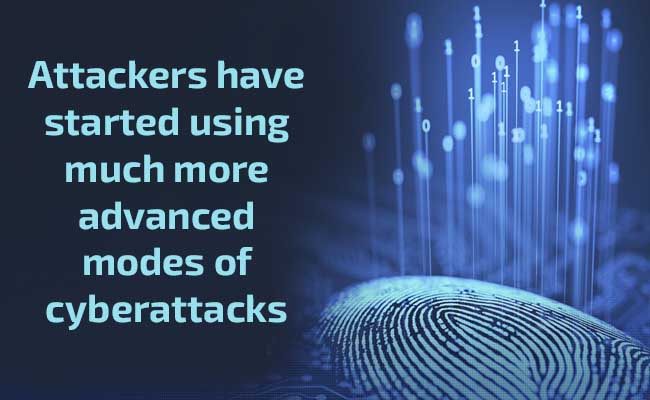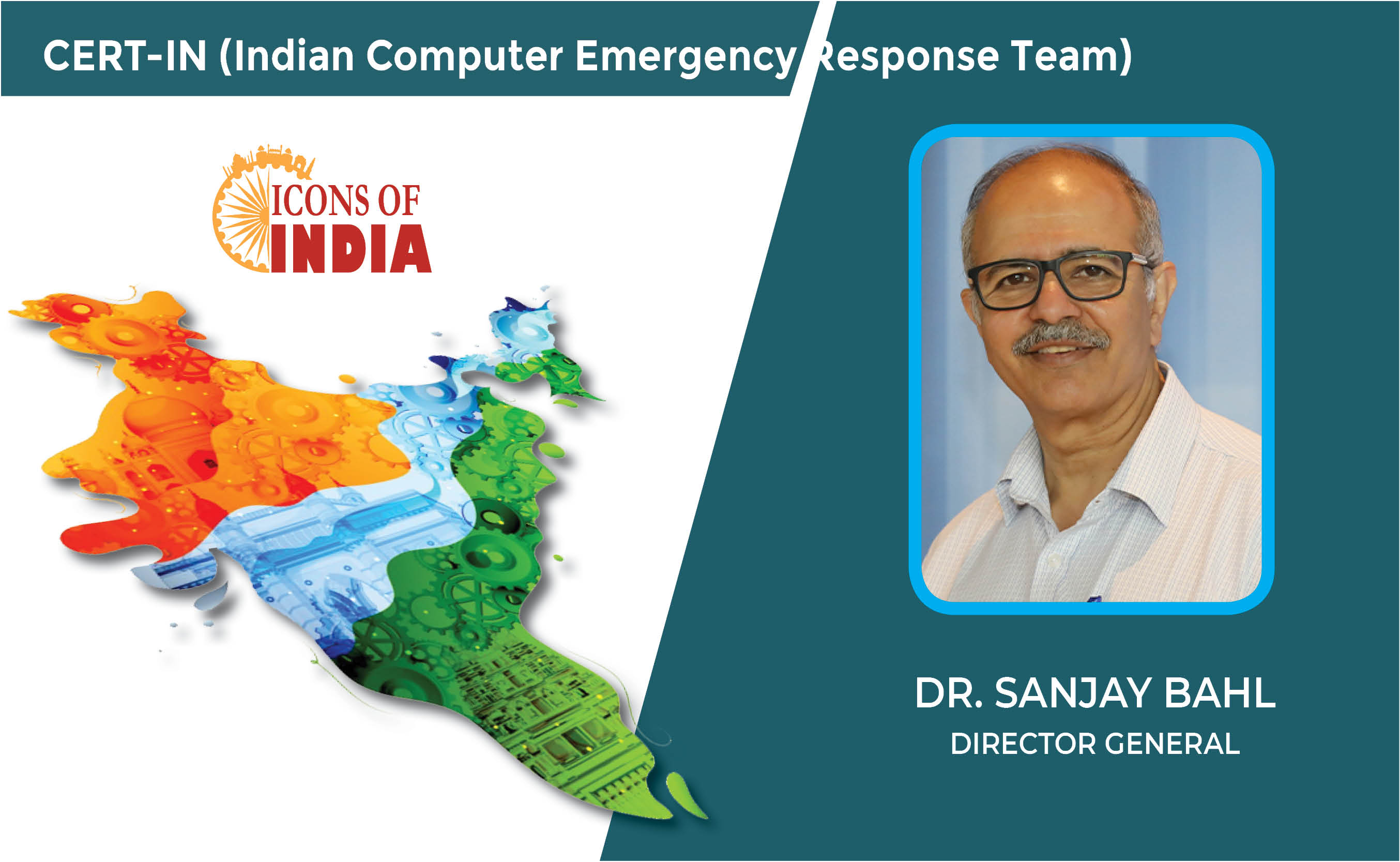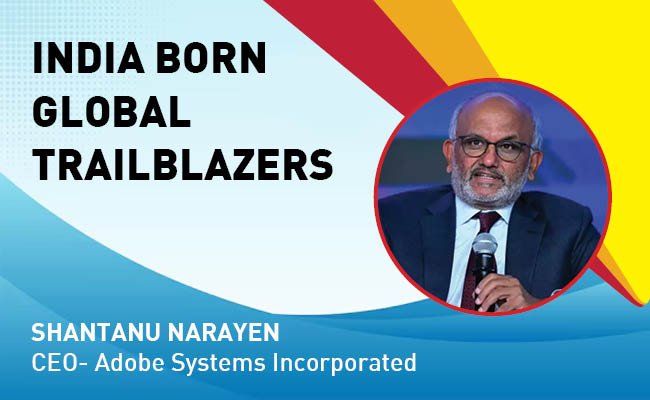Attackers have started using much more advanced modes of cyberattacks
By MYBRANDBOOK

Attackers started using much more advanced modes of cyberattacks to compromise enterprises. Now most of the enterprises are facing challenges with the growing newer way of cyberattacks, where the industry is not ready yet. The quick shift towards remote and hybrid working resulted in a cyber pandemic, cybercriminals noticed great opportunities to exploit vulnerable enterprises and obtain illegal profits. Companies of all sizes suffer from ransomware, spyware, and other attacks that not only cause financial losses but also damage the brand image.
The cybersecurity threat landscape has been evolving at a rapid pace. Every day we hear about companies across industries suffering cyberattacks such as ransomware, phishing, and data thefts. It is often observed that enterprises get compromised even after investing a significant amount of resources on security technologies, and more often than not, the attack is detected much after the event.
Apart from the usual ransomware and phishing which appear to be the most prominent cyber threats, a lot of state-sponsored activities, snooping, and spyware continue to be big threats in the cyber world today. Secondly, the Ransomware attacks have also changed such that it not only encrypts the data but it also steals it. This combination of data theft and ransomware has fuelled the rise in cyberattacks. The way organizations were structured they were not prepared for Work From Home. They continue to face additional challenges where personal assets are being used for professional purposes and vice versa.
The pandemic and concepts like Work From Home have worsened the security challenges for all enterprises. Earlier, the antivirus solutions were capable of blocking malware and thus preventing the harm that they might cause to the system or network. Today, the attackers use much more advanced modes of cyberattacks to compromise enterprises.
One fundamental shift that happened post-COVID, was enterprises are moving towards the cloud. One can say that enterprises have now been forced to adopt the cloud. Though it provides a lot of benefits around speed, scalability, and flexibility, it creates some serious security challenges. Transformation to the cloud creates heterogeneity in the infrastructure as the devices now are distributed invariably across on-premise, cloud, and hybrid environments.
This heterogeneous infrastructure creates multiple challenges to the enterprises around security visibility, security mess, data sprawl, and botched response. The cyber threat landscape is continuously evolving with more stealth and sophistication. Advanced threats such as targeted phishing attacks, ransomware, coin-miners, trojans, zero-day attacks, and persistent threats, are today’s reality for threat management.
There is hope on the technologies like Extended Detection and Response (XDR), Security Orchestration, Automation and Response (SOAR), and IoT Security look to take off in 2022.


Legal Battle Over IT Act Intensifies Amid Musk’s India Plans
The outcome of the legal dispute between X Corp and the Indian government c...

Wipro inks 10-year deal with Phoenix Group's ReAssure UK worth
The agreement, executed through Wipro and its 100% subsidiary,...

Centre announces that DPDP Rules nearing Finalisation by April
The government seeks to refine the rules for robust data protection, ensuri...

Home Ministry cracks down on PoS agents in digital arrest scam
Digital arrest scams are a growing cybercrime where victims are coerced or ...


Icons Of India : Dr. Sanjay Bahl
Dr. Sanjay Bahl has around four decades of experience in the ICT indus...

Icons Of India : Dilip Asbe
At present, Dilip Asbe is heading National Payments Corporation of Ind...

ICONS OF INDIA : RISHAD PREMJI
Rishad Premji is Executive Chairman of Wipro Limited, a $11.3 billion ...


ECIL - Electronics Corporation of India Limited
ECIL is distinguished by its diverse technological capabilities and it...

GeM - Government e Marketplace
GeM is to facilitate the procurement of goods and services by various ...

C-DAC - Centre for Development of Advanced Computing
C-DAC is uniquely positioned in the field of advanced computing...


Indian Tech Talent Excelling The Tech World - AJAY BANGA, President - World Bank
Ajay Banga is an Indian-born American business executive who currently...

Indian Tech Talent Excelling The Tech World - Shantanu Narayen, CEO- Adobe Systems Incorporated
Shantanu Narayen, CEO of Adobe Systems Incorporated, is renowned for h...

Indian Tech Talent Excelling The Tech World - Aneel Bhusri, CEO, Workday
Aneel Bhusri, Co-Founder and Executive Chair at Workday, has been a le...
 of images belongs to the respective copyright holders
of images belongs to the respective copyright holders